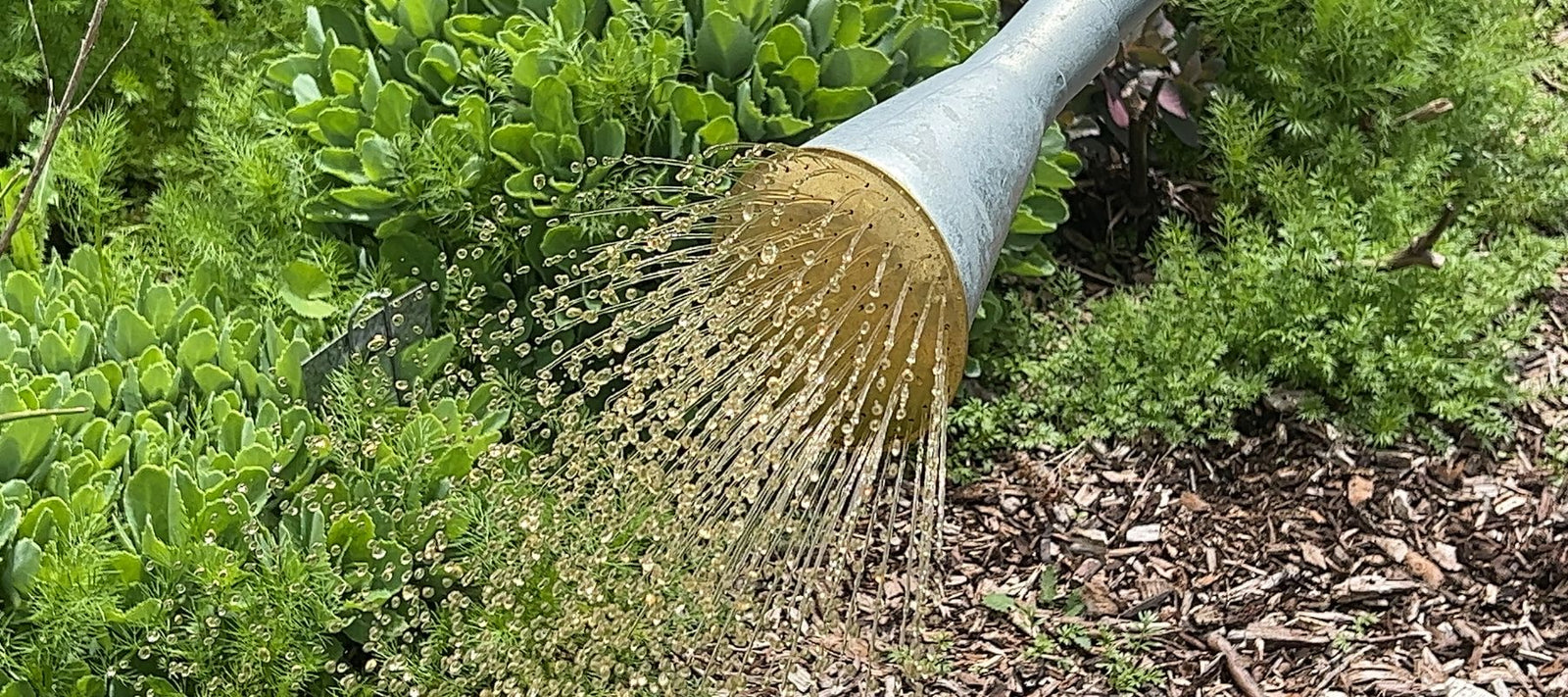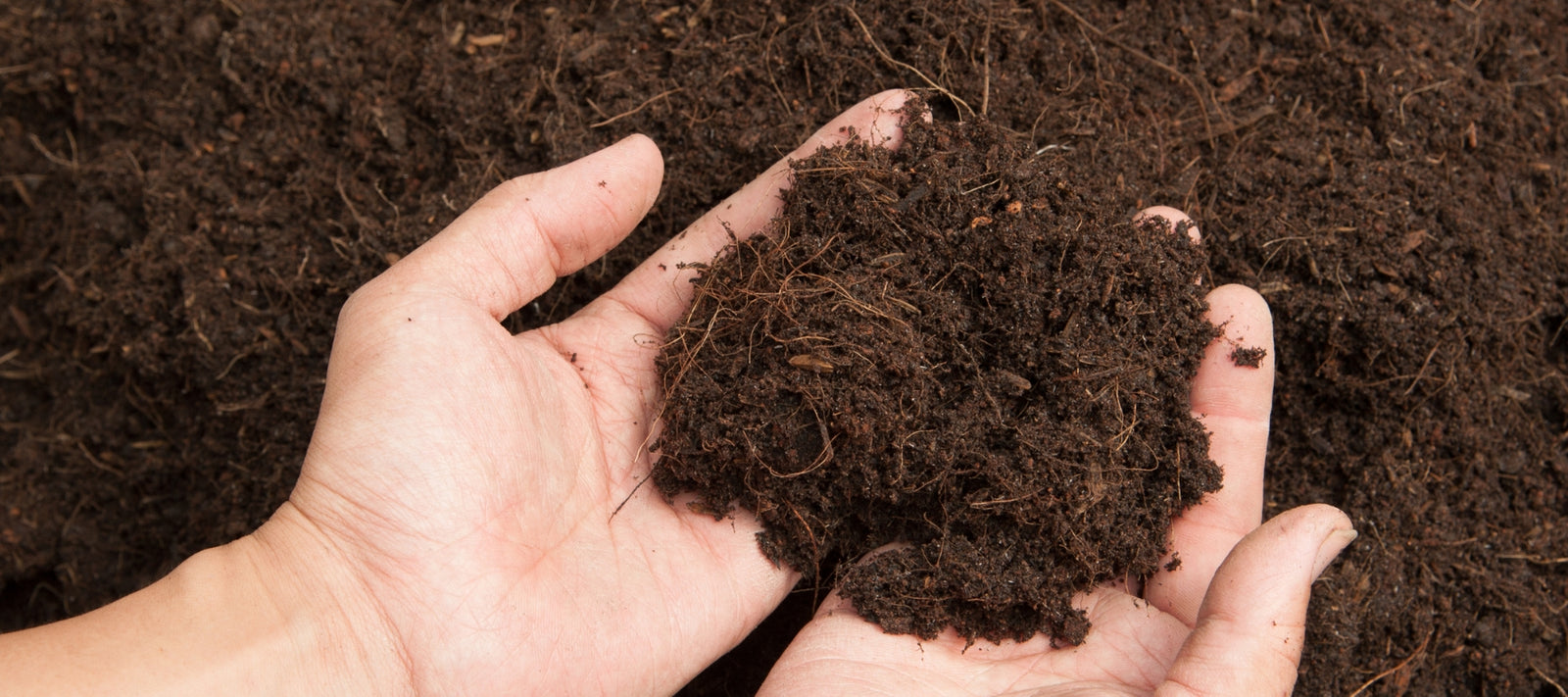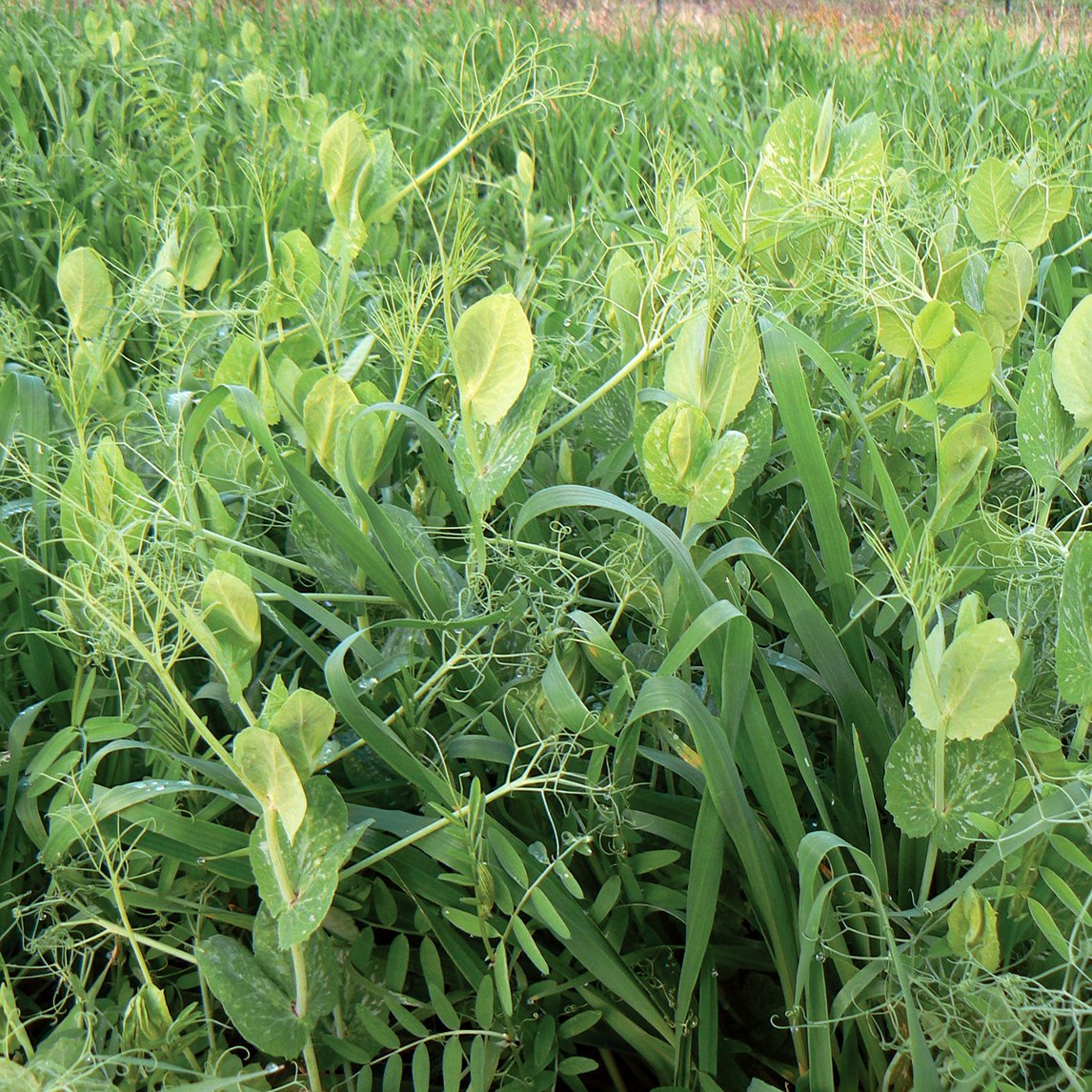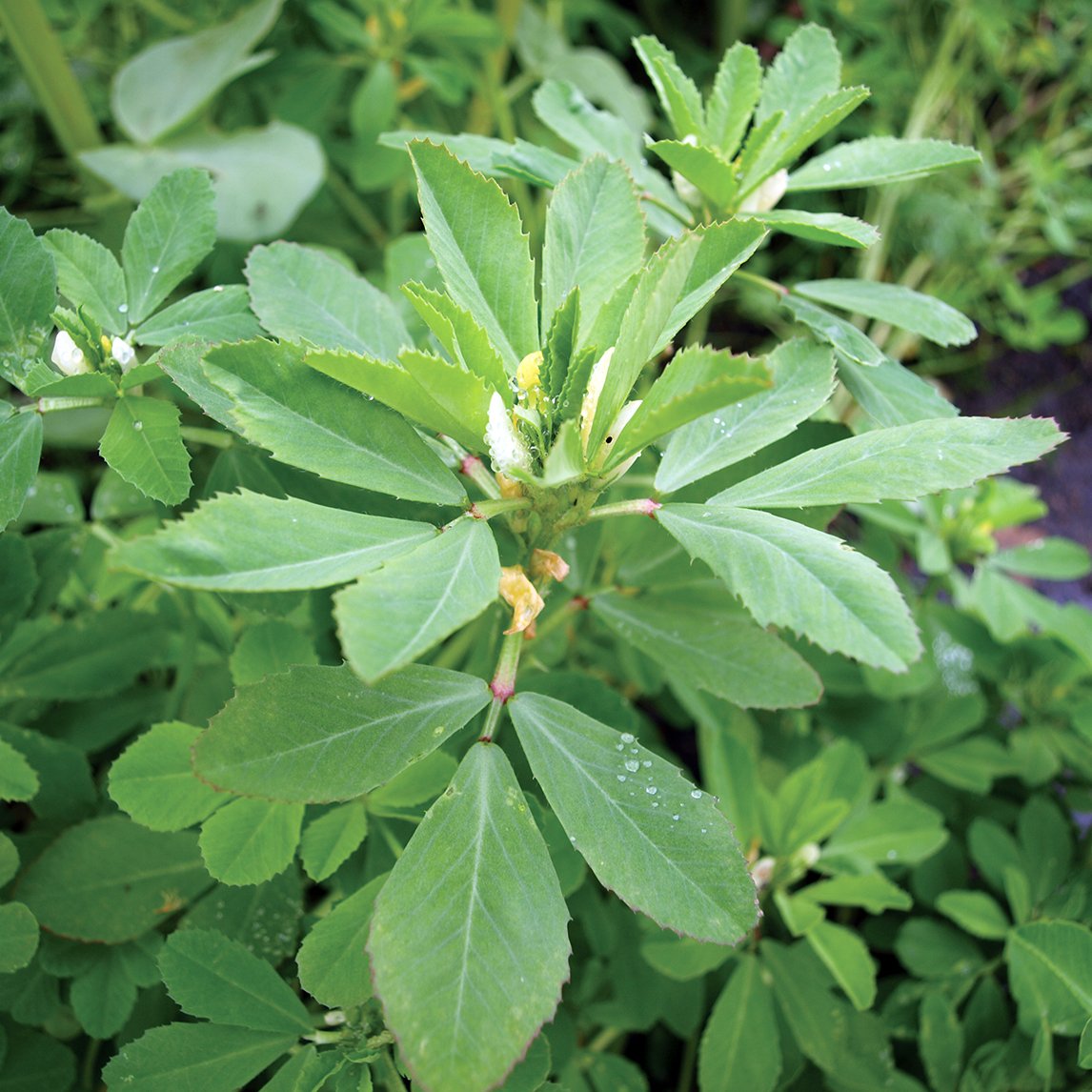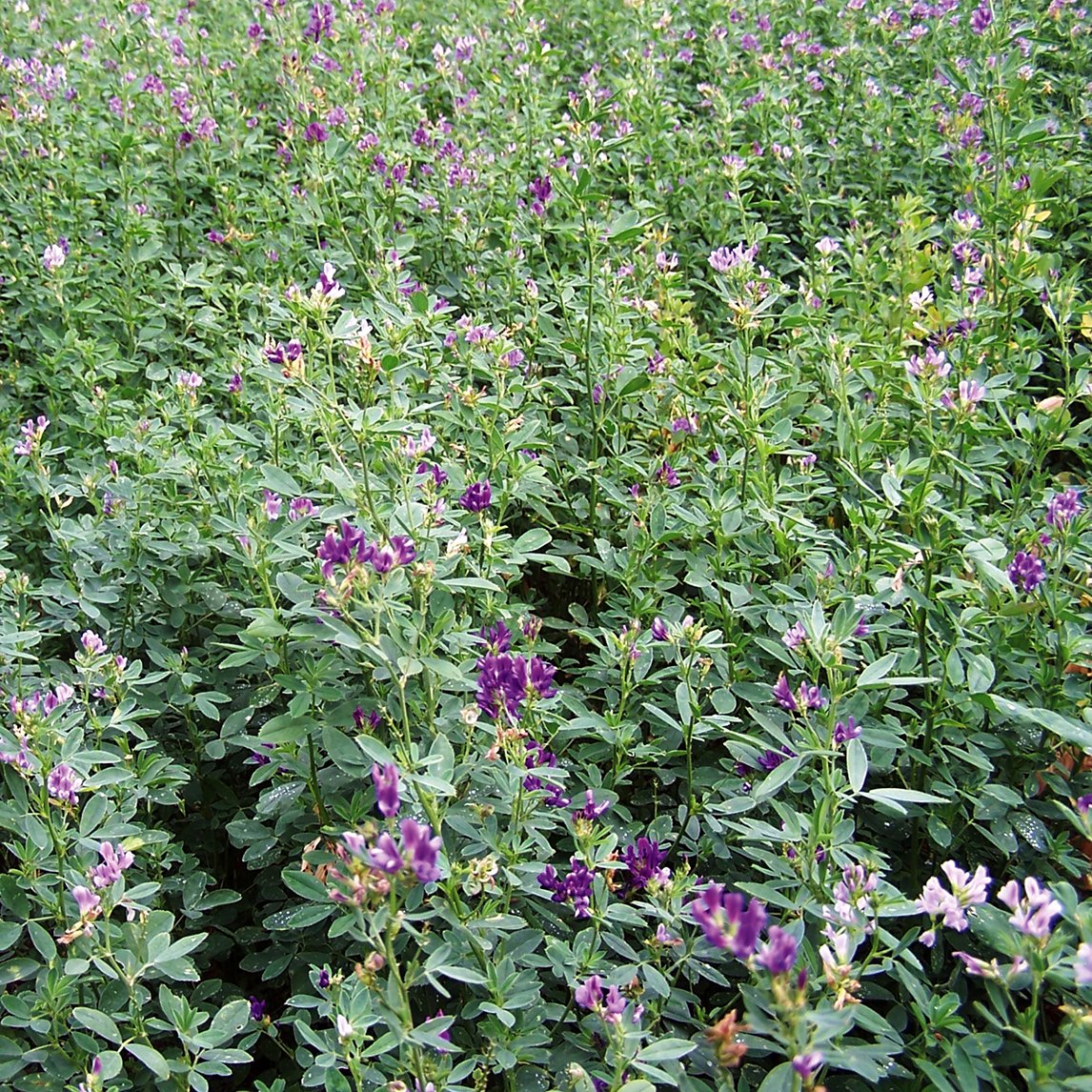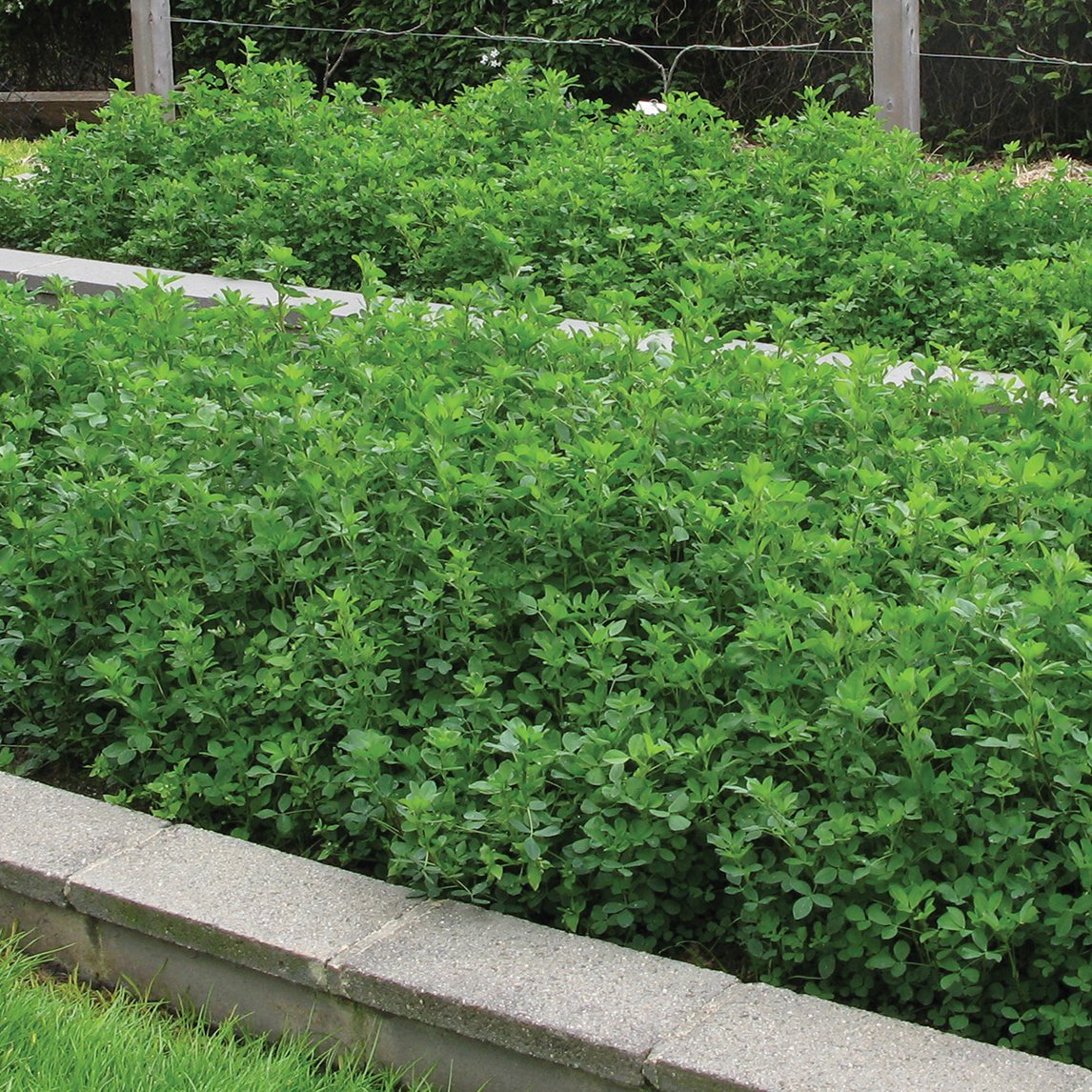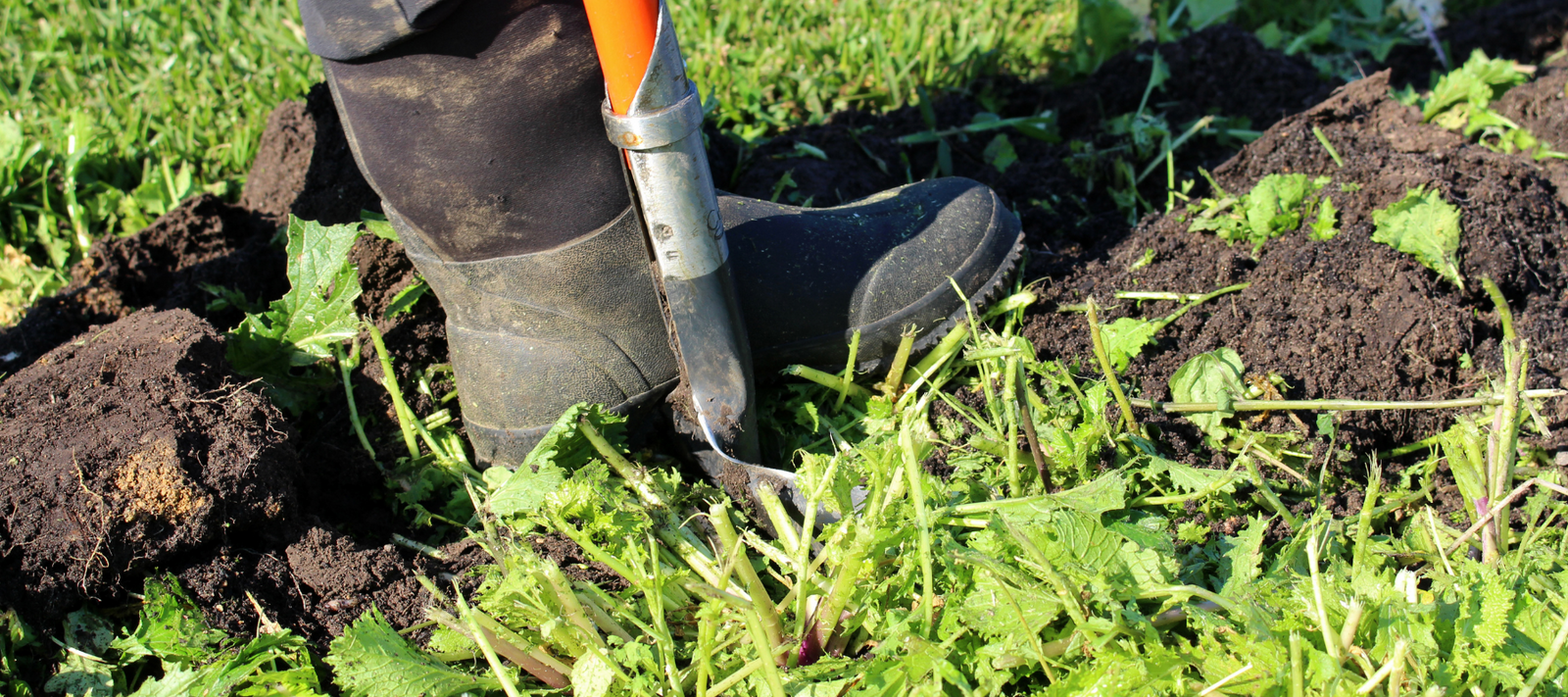
What is green manure, and why should I use it?
Planting green manures is fundamentally about caring for your soil, as they help to develop and maintain healthy soils.
This also means healthy plants with fewer pest and disease problems. It is a simple technique that can significantly increase your productivity without having to buy in bulk fertilisers.
Should it be dug in, or left on the surface, and when should I do this?
Whether you are growing summer or winter crops, legumes or carbon rich grains, the timing of when you cut and dig them in is important.
Plants accumulate nutrients to maximise their species’ survival by making these nutrients available to their next generation via their seeds. So, in order for us to reap the benefits, we need to intervene at just the right moment.
Before a legume flowers, 50% of the fixed nitrogen is available for the next crop if tilled in, but if the plant is allowed to set seed, as little as 5% will be available as this nitrogen is destined for the seeds. The same applies to the carbon rich grains that will draw their stored nutrients into their seeds. This means that the best time to turn in your green manure is at, or just before, flowering.
If you have a mixture of varieties in your green manure mix you will have to make a judgement when to turn the whole lot in, usually this is when the earliest flowering variety is in bloom.
Factors that affect the breakdown of green manure are temperature, moisture, pH and oxygen.
If turning your green manure into warm soil, allow 3-4 weeks for the soil micro-organisms to break down these plant tissues (it is important to wait this time because pathogens like fresh matter), if you are turning it in the cooler months this may take a week or two longer as the micro-organisms are less active in cooler conditions.
Once the material has broken down, then you can plant out seedlings or direct sow into the rejuvenated bed.
How can I use it as part of my crop rotation?
In smaller gardens, where summer crops are usually dominant, green manures are normally planted in the autumn and grow through winter, so they can be ‘turned in’ to make the accumulated nutrients available for the following spring or summer season.
Where space can be spared in the summer, a different suite of green manure crops can be grown over the warmer months. So, with some planning, you can grow your own soil improving green manures year round (see below for summer and winter crops).
What is a biofumigant plant?
Biomustards are selected blends of non edible Brassicaceous plants with the highest levels of biofumigant compounds known as ‘isothiocynates’. They are useful for adding organic matter to the soil, help control fungal soil borne diseases such as tomato wilt and are effective in the control of nematodes. Calendula officinalis and Tagetes patula are good for nematode control and can be used as a green manure.
For best results seed should be sown in the autumn and allowed to mature to near flowering. Plants should then be slashed and incorporated into the soil as soon as possible to a depth of at least 30 centimetres.
My crop of tomatoes has just finished, which green manure variety is best for me to plant?
Our Trial and Seed Production Gardens always follow Tomato crops with an autumn planting of Diggers Mustard Bio Fumigant.
What is the difference between green manures and other fertilisers like blood and bone or rock dust?
Green manures offer the nitrogen and phosphorous found in blood and bone, along with the trace minerals found in rock dust. Additionally, green manures add organic matter, improve soil structure and water retention and will stabilise soil and prevent nutrient leaching during heavy rains.
How do I sow my green manure seed?
Decide which beds you wish to cover. Ideally you should cover all beds, trialling a few types of green manures so that you find the one or combinations that best suit your soil types.
Prepare a weed free bed. Broadcast the green manure seed over the bed and rake to cover. Winter crops, such as Diggers Autumn Green Manure Mix should be sown in early to mid autumn, summer crops in early to mid spring.
Winter green manures - direct sow in autumn
TYPE: Clever Clover
SPECIES: Trifolium species
NUTRIENTS: Nitrogen, phosphorus
NOTES: Small-seeded legume; best germination in fine seedbed
TYPE: Barley
SPECIES: Hordeum vulgare
NUTRIENTS: Carbon, silica
NOTES: Good winter biomass producer
TYPE: Oats
SPECIES: Avena sativa
NUTRIENTS: Carbon, silica
NOTES: Good winter biomass produce
TYPE: Field pea
SPECIES: Pisum species
NUTRIENTS: Nitrogen, phosphorus
NOTES: Easily grown legume, works best with inoculant
TYPE: Mustard
SPECIES: Brassica species
NUTRIENTS: Sulphur
NOTES: Reduces soil-borne fungal disease
TYPE: Fengreek
SPECIES: Trigonella foenum-graecum
NUTRIENTS: Nitrogen
NOTES: Supresses weeds. Plant is spring in cooler areas
Summer green manures - direct sow in spring/early summer
TYPE: Luceme
SPECIES: Medicago sativa
NUTRIENTS: Carbon, nitrogen, iron
NOTES: Deep-rooted perennial, manage as annual or cut for mulch
TYPE: Buckwheat
SPECIES: Fagopyrum esculentum
NUTRIENTS: Carbon, silica
NOTES: Supresses weeds. Plant in spring or autumn in warm areas
TYPE: Vetch
SPECIES: Vicia species
NUTRIENTS: Nitrogen, phosphorus, potassium
NOTES: Can be sown as winter green manure too
TYPE: Vigna (Legume)
SPECIES: Vigna species
NUTRIENTS: Nitrogen, carbon
NOTES: Useful biomass product



